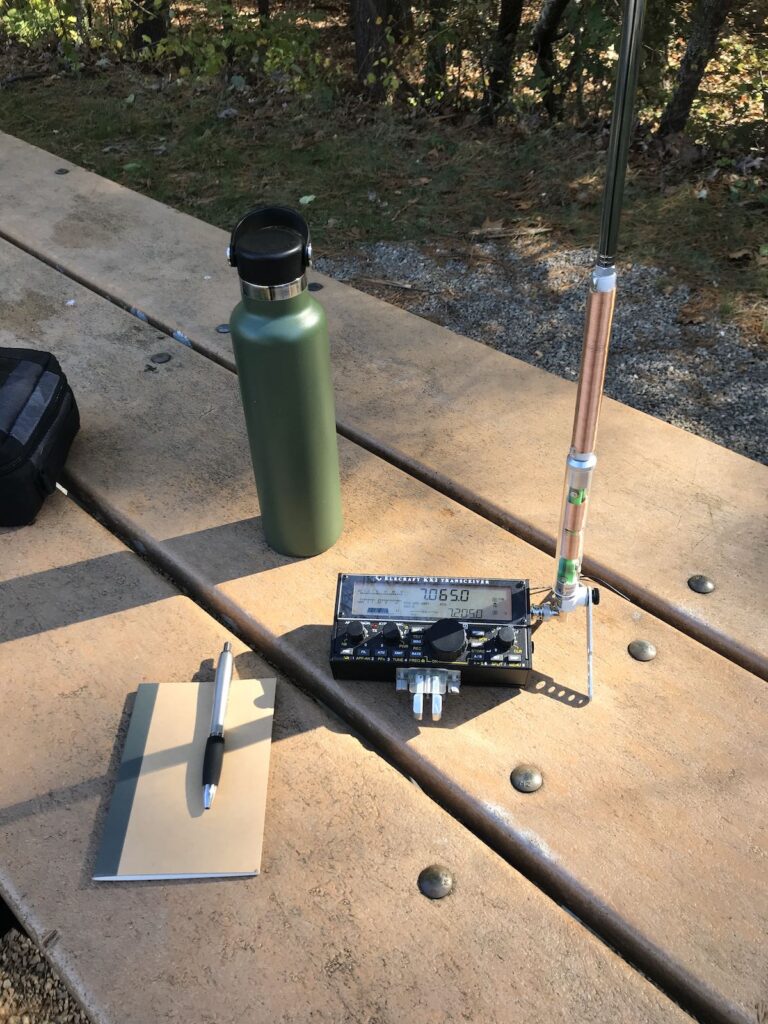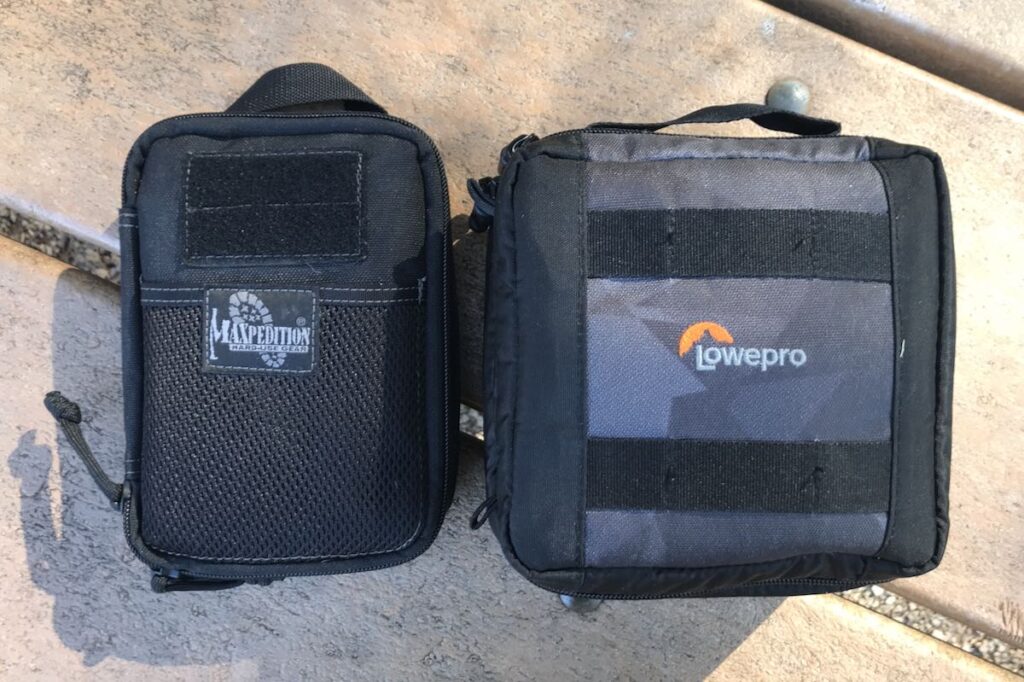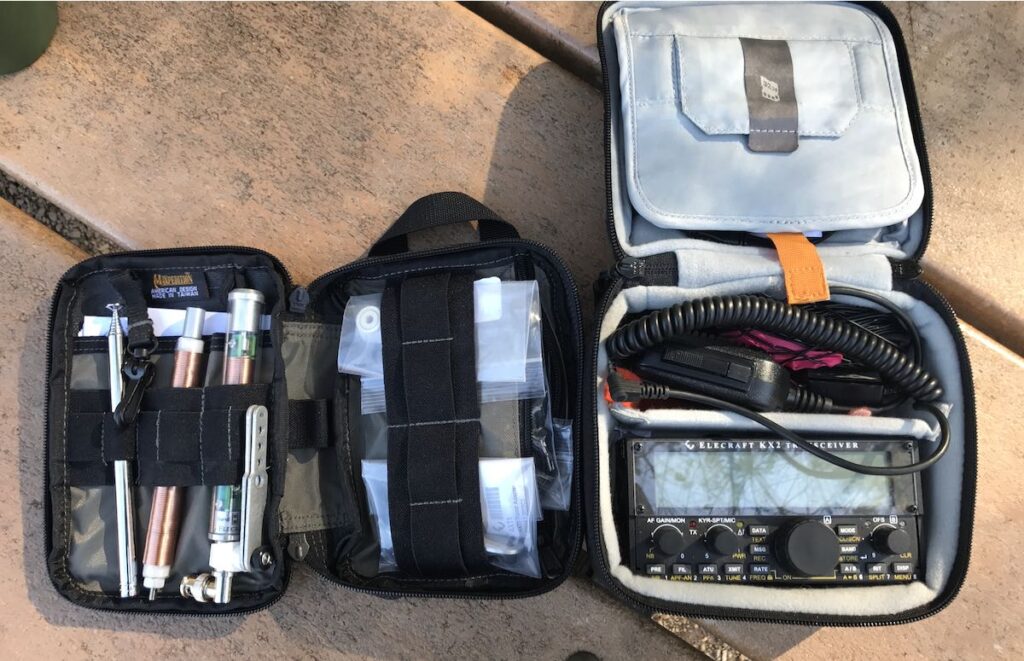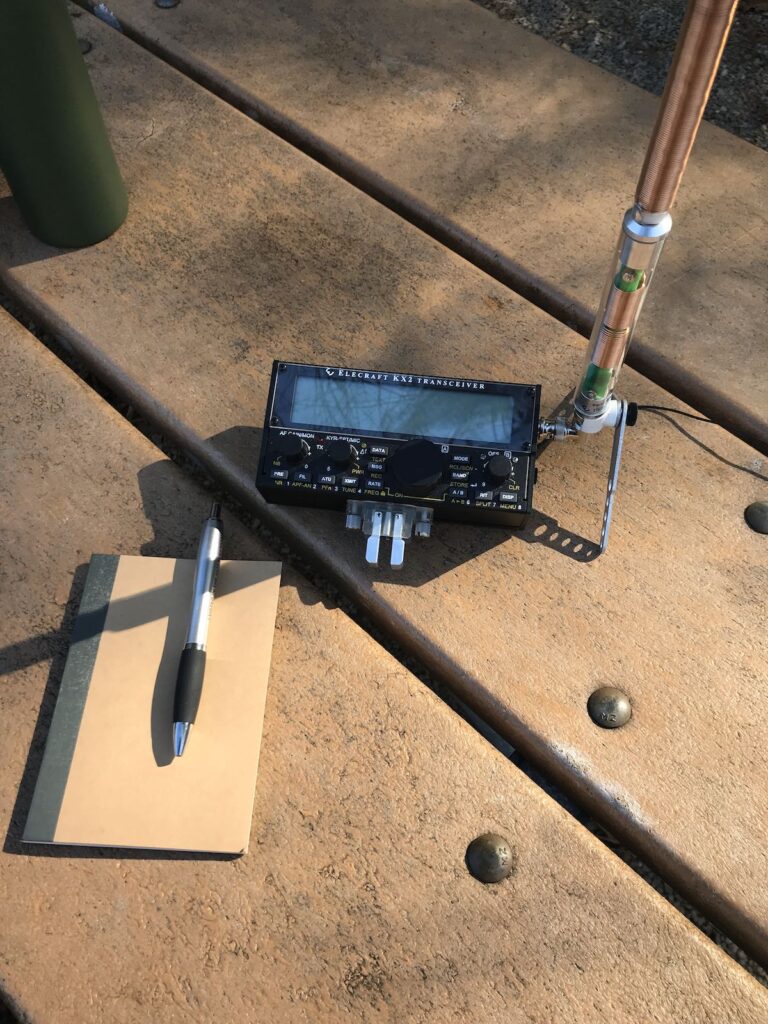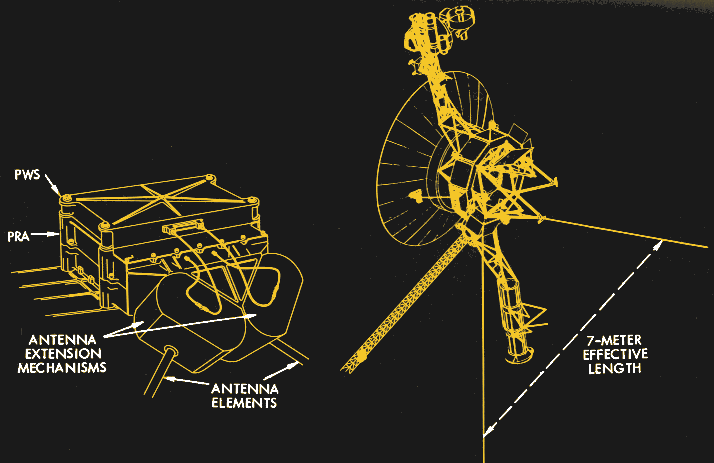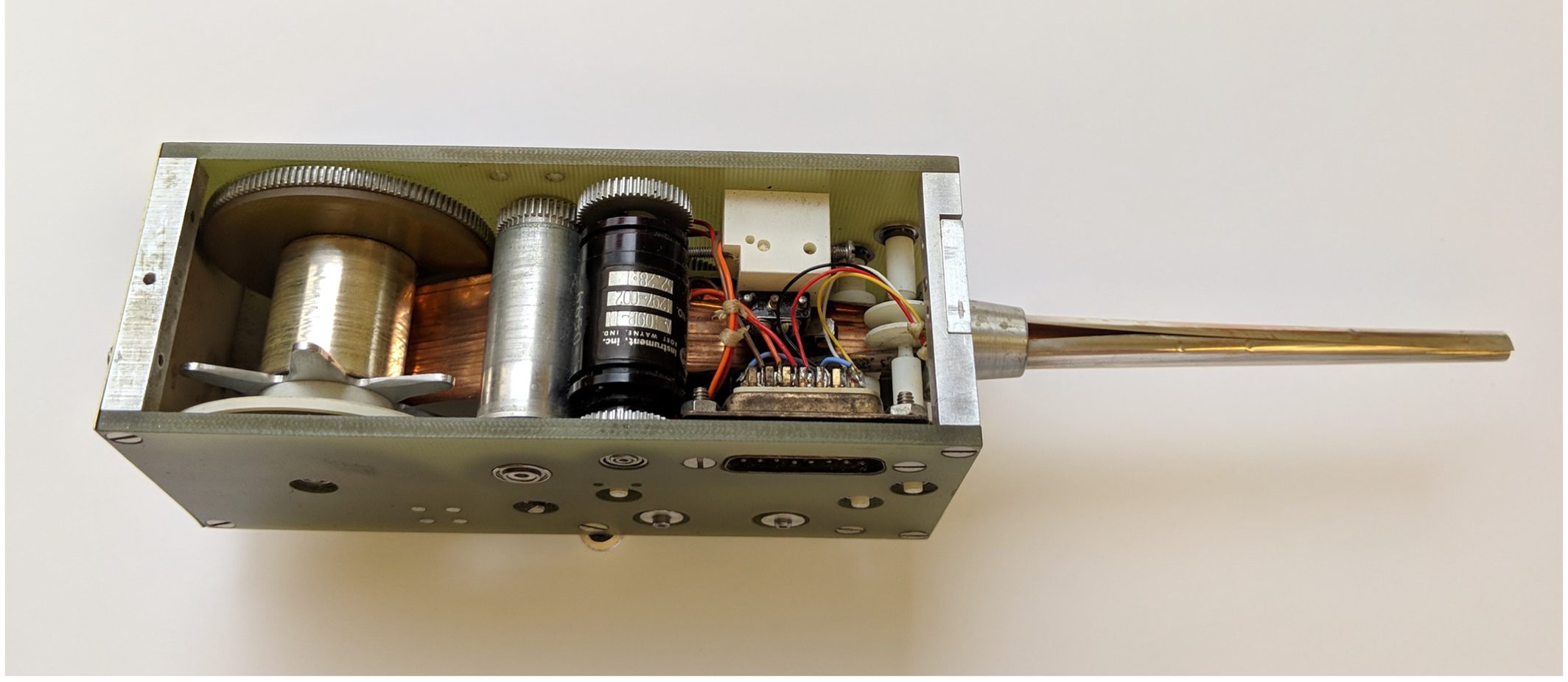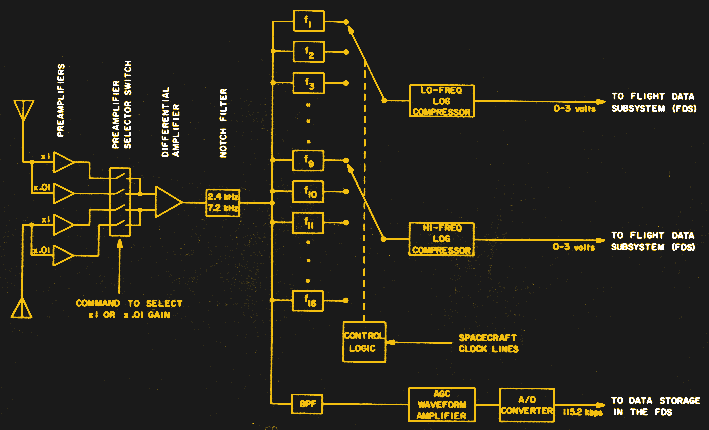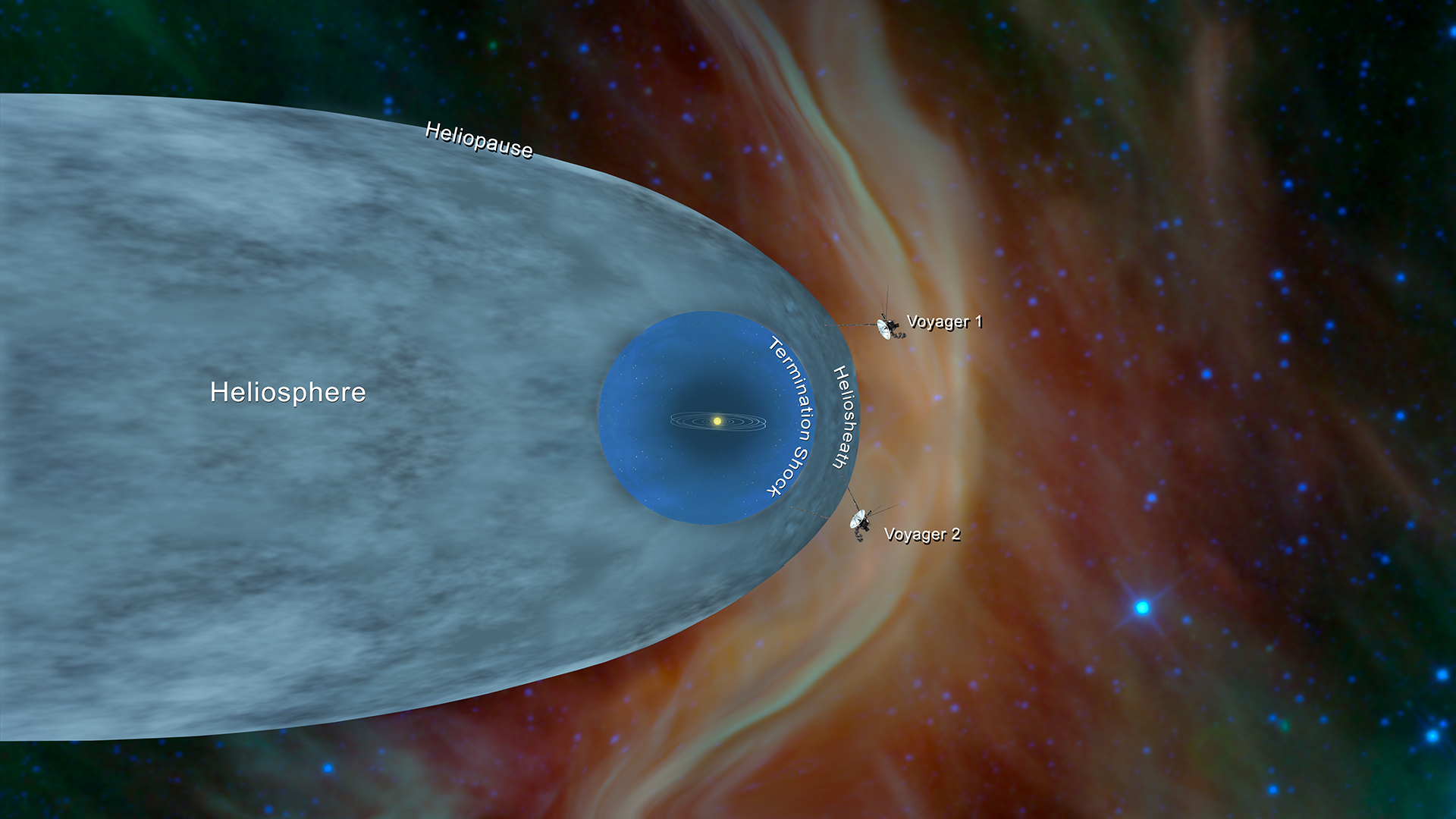This post was written for an essay contest on the question “What would Hayek say today?”
Hayek and other Austrian economists demonstrated that government ownership of the means of production is a sure route to poverty, but today, central planning remains the norm in one crucial area: cities.
In the United States, the Supreme Court determined that cities could designate sections of city land for specific types of development in the landmark case Euclid v. Ambler. Since then, land use regulation has expanded to include heights limits, parking requirements, and design guidelines across the world’s great cities.
Urban planners and politicians determine the rules for the location and types of development permitted within their jurisdictions, and ultimately have veto power over major projects designed in the world’s great cities. If Hayek were alive today, he would focus on applying his work on the knowledge problem to city planning.
In the United States, progressive city planners began promoting restrictions on building height and density with the objectives of promoting light and air in the early twentieth century. At the time, these objectives were considered important for public health. Property owners and policymakers soon realized that zoning tools could also be used to protect home values by preventing the construction of low-cost, high-density housing.
Today, property owners support a wide range of policies designed to limit housing supply and increase the value of their assets. These policies include minimum lot sizes, density limits, and parking requirements.
While a large economics literature describes the regressive effects of zoning, these policies remain nearly ubiquitous in the Western world. They owe their persistence to powerful public choice incentives that lead policymakers to favor their current constituents over the unrepresented people prevented from moving into their municipality or neighborhood by restrictive land use regulations (Schleicher, 2012).
While the institutional landscape favors the continuance of restrictive zoning, land use regulations are not well-suited to shaping city design. Urban development is an information gathering process based on dispersed and tacit knowledge of entrepreneurs, like other market processes.
As Hayek describes in “The Use of Knowledge in Society,” even if city planners have the best of intentions, they are incapable of accessing the information that would guide land and building resources toward their best uses in a free market (1945).
Unlike private sector developers, city planners do not experience profit and loss, leaving them without the single tool that can best direct the allocation of resources within a city over time. Israel Kirzner clearly explains the centrality of profit and loss in the market process:
The only difference between one market day and the following one was that plans made for trading during the latter day are based on estimates of prices learned through the market experience of the previous day. Agitation in the market was caused by rapid changes in plans made by the various participants as market experience steadily spread more information and repeatedly indicated fresh opportunities for profitable trade. When one superimposes upon this already complicated picture a particular pattern of unforeseen changes in initial commodity-endowments and in individual tastes, things become far more complex (1963).
With access to this powerful learning tool of profit and loss, property owners, developers, and consumers will improve the allocation of a city’s land over time with each day providing opportunities to buy, sell, and redevelop. This process leads to a city that relentlessly improves meeting consumers demands as entrepreneurs see individual opportunities to profit.
Because this tool is available only to those with access to the profit and loss mechanism, city planners will never be able to equal the urban development success that a free market can.
The absence of profit and loss feedback and the disperse nature of knowledge that leads to profit opportunities are the reasons that efficient resource allocation is impossible under central planning, as Hayek detailed in “Socialist Calculation: The Competitive Solution” (1940).
Urban theorist Jane Jacobs identified the same problem in city planning that Hayek revealed in economic planning. In her 1961 classic The Death and Life of Great American Cities, Jacobs even used language similar to Hayek’s, explaining the “the knowledge of the particular circumstances of time and place” as “locality knowledge”.
Neighborhood residents have insights into the best use of the land in the few blocks that they traverse daily, but planners cannot access this disperse information because even the most well-intentioned planners are not omniscient.
Jacobs’ ideas have profoundly influenced urban planners, particularly within the Smart Growth and New Urbanist movements. These planners have absorbed Jacobs’ criticism of traditional zoning regulations that limit urban density and prevent mixed use neighborhoods. Traditional zoning leads to cities in which walkable development patterns are illegal and to the collapse of the emergent “sidewalk ballet” that she observed in New York’s Greenwich Village (Jacobs, 1961).
However, in those branches of urban planning where Jacobs’ observations on the benefits of dense, mixed-use neighborhoods have permeated, planners typically fail to realize that she espoused the potential for emergent order within cities when homebuilders, shopkeepers and residents are free to act in their own self interests.
By attempting to engineer cities to fit their vision, planners of all persuasions violate this principle of liberty and, in doing so, prevent individuals from seizing mutually beneficial exchange opportunities to improve city design.
Rather, today’s progressive planners seek to mandate the type of development that Jacobs herself preferred as a matter of taste through regulatory tools such as urban growth boundaries, parking maximums, and public transit spending.
Smart Growth and New Urbanist city planners typically attempt to correct past government failures with new government regulations and programs. They fail to recognize that the key to allowing emergent order in cities is deregulation, permitting landowners to build the type of development that consumers demand (Washington, 2010).
In Law, Legislation and Liberty Volume 1, Hayek demonstrates the importance of allowing individuals to rely on their own knowledge for decision making:
A condition of liberty in which all are allowed to use their knowledge for their purposes, restrained only by rules of just conduct of universal application, is likely to produce the best conditions for achieving their aims; and such a system is likely to be achieved and maintained only if all authority, including that of the majority of the people, is limited in the exercise of coercive power by general principles to which the community has committed itself.
By attempting to engineer cities to fit their vision, planners of all persuasions violate this principle of liberty and, in doing so, prevent individuals from seizing mutually beneficial exchange opportunities to improve city design.
If Hayek were alive today, he would draw a parallel between markets and cities as dynamic processes, demonstrating the errors that city planners make when they attempt to build Jacobs’ emergent urban vision through regulation and fiat.
Mises, Hayek, and Kirzner convincingly show that economies are not mechanistic and economic growth cannot be conducted from the top down.
Like markets, successful cities grow, but they cannot be made.
Likewise, cities are not machines; they are dynamic marketplaces that provide the spatial component of entrepreneurial activity (Ikeda, 2012). Attempting to direct urban growth from the top down limits a city’s ability to facilitate exchange and learning through the market process.
Today, federal government issues such as monetary policy, fiscal adjustments, and national economic development receive more attention from free market scholars than land-use regulation. However, it’s hard to overstate the impact that land use regulations have on individuals’ lives and on productivity growth.
Researchers at the Santa Fe Institute have established that urban scale is related both to economic growth and to efficient use of public and private infrastructure (Bettencourt and West, 2010).
Similarly, Harvard economist Edward Glaeser’s extensive body of research shows that urban density is vital to economic development and that without freedom to build, housing costs rise prohibiting opportunities for productivity growth (2012).
In a free market, cities will continuously move toward an equilibrium in which they are best suited to meet the needs of their residents, but land use regulations put a stop to this process. Because cities provide the spatial component of entrepreneurial learning, preventing these marketplaces from improving over time comes with a high toll in economic growth.
Like markets, successful cities grow, but they cannot be made. Today Hayek would be writing about the importance of the urban development process that provides the space where entrepreneurship takes place.
 It’s not just that the economy suffers when there is too much spending, regulation, and taxing, we also have far too many politicians and bureaucrats who behave as if they’re motivated by personal interest rather than the national interest.
It’s not just that the economy suffers when there is too much spending, regulation, and taxing, we also have far too many politicians and bureaucrats who behave as if they’re motivated by personal interest rather than the national interest.Walmart doesn’t push pills on opioid addicts. Its pharmacists fill valid prescriptions written by doctors who are licensed by their states and registered with the Drug Enforcement Administration (DEA). …Walmart says it has passed tens of thousands of leads about suspicious prescriptions to state and federal law enforcement. It’s the job of the DEA and state medical boards to investigate and revoke doctors’ licenses and prescribing privileges if there’s wrongdoing.
 The net result is a very costly and intrusive system that has utterly failed to achieve its purpose of reducing criminal behavior.
The net result is a very costly and intrusive system that has utterly failed to achieve its purpose of reducing criminal behavior.


